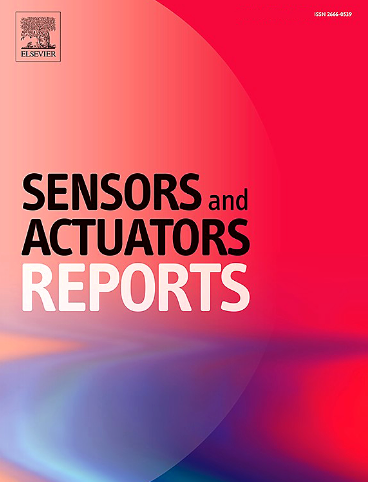基于新型微流控装置的快速低成本液滴pcr及微混合器效应的数值研究
IF 7.6
Q1 BIOTECHNOLOGY & APPLIED MICROBIOLOGY
引用次数: 0
摘要
液滴微流体以其精确的分配和微升及更低体积的样品处理能力而闻名,已成为小型化聚合酶链反应(PCR)平台的流行方法。该技术能够通过液滴PCR (dPCR)准确检测低丰度生物变异。在这项研究中,我们介绍了一种低成本的PCR热循环装置,一种用于DNA检测的光学系统,以及一种3d打印的基于液滴的微流控装置,该装置可以产生数百纳升的油包水液滴。微流控芯片包含21个循环,每个循环配备一个微混合器。我们首次研究了将微混频器集成到PCR芯片周期中的影响,并证明了这种集成提高了PCR过程的效率和特异性。在完成PCR循环后,液滴被聚集在位于芯片末端的一个腔室中进行扩增检测。开发了一种简单的荧光光学装置,用于荧光检测和精确测量样品中的DNA浓度。这个装置包括一个高性价比的高分辨率相机,一个二色镜和一个LED光源。随后,使用Python (OpenCV库)对捕获的荧光图像进行处理,并分析荧光发射强度和液滴大小分布。用微流控芯片进行的dPCR结果随后通过凝胶电泳测试进行评估,并与商业定量PCR (qPCR)装置的相同结果进行比较。我们的研究证明了通过端点成像进行快速dPCR分析的能力,利用成本效益高且易于制造的装置。本文章由计算机程序翻译,如有差异,请以英文原文为准。

Rapid and low-cost droplet pcr using a novel microfluidic setup with a numerical study on micromixer effects
Droplet microfluidics, recognized for its precise dispensing and sample handling capabilities at microliter and lower volumes, has emerged as a popular method for miniaturizing polymerase chain reaction (PCR) platforms. This technology enables the accurate detection of low-abundance biological variations through droplet PCR (dPCR). In this study, we introduce a low-cost PCR thermal cycler setup, an optical system for DNA detection, and a 3D-printed droplet-based microfluidic device engineered to produce hundreds of nanoliter water-in-oil droplets. The microfluidic chip incorporates 21 cycles, each equipped with a micromixer. For the first time, we investigate the impact of integrating micromixers into the PCR chip cycles and demonstrate that this integration enhances the efficiency and specificity of the PCR process. Following the completion of the PCR cycles, the droplets are gathered in a chamber located at the end of the chip for amplification detection. A simple fluorescent optical setup is developed for fluorescence detection and accurate measurement of DNA concentration in the sample. This setup comprises a cost-effective high-resolution camera, a dichroic mirror, and an LED light source. Subsequently, the fluorescent images captured are processed using Python (OpenCV library) and analyzed for fluorescent emission intensity and droplet size distribution. The outcomes of the dPCR conducted with the microfluidic chip are subsequently assessed through a gel electrophoresis test and compared to the identical results from a commercial quantitative PCR (qPCR) device. Our study demonstrates the ability to perform rapid dPCR analysis via endpoint imaging utilizing a cost-effective and easy-to-fabricate setup.
求助全文
通过发布文献求助,成功后即可免费获取论文全文。
去求助
来源期刊

Sensors and Actuators Reports
Multiple-
CiteScore
9.60
自引率
0.00%
发文量
60
审稿时长
49 days
期刊介绍:
Sensors and Actuators Reports is a peer-reviewed open access journal launched out from the Sensors and Actuators journal family. Sensors and Actuators Reports is dedicated to publishing new and original works in the field of all type of sensors and actuators, including bio-, chemical-, physical-, and nano- sensors and actuators, which demonstrates significant progress beyond the current state of the art. The journal regularly publishes original research papers, reviews, and short communications.
For research papers and short communications, the journal aims to publish the new and original work supported by experimental results and as such purely theoretical works are not accepted.
 求助内容:
求助内容: 应助结果提醒方式:
应助结果提醒方式:


